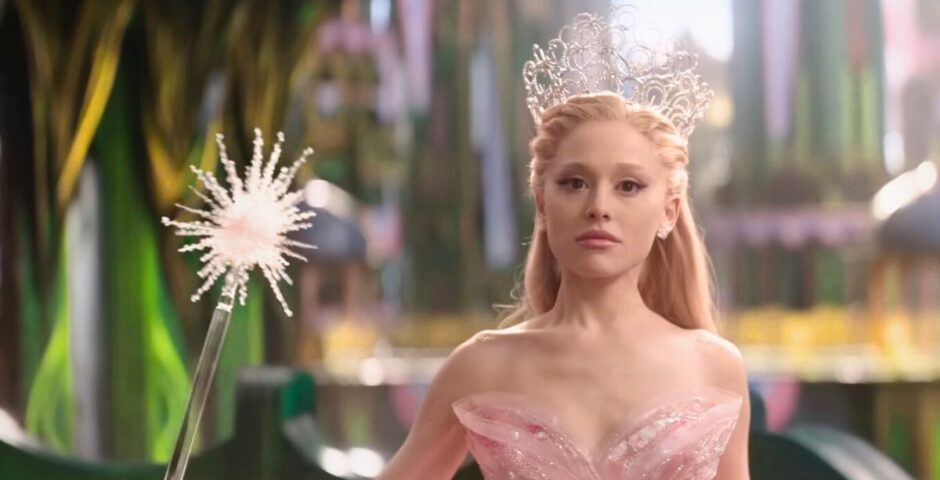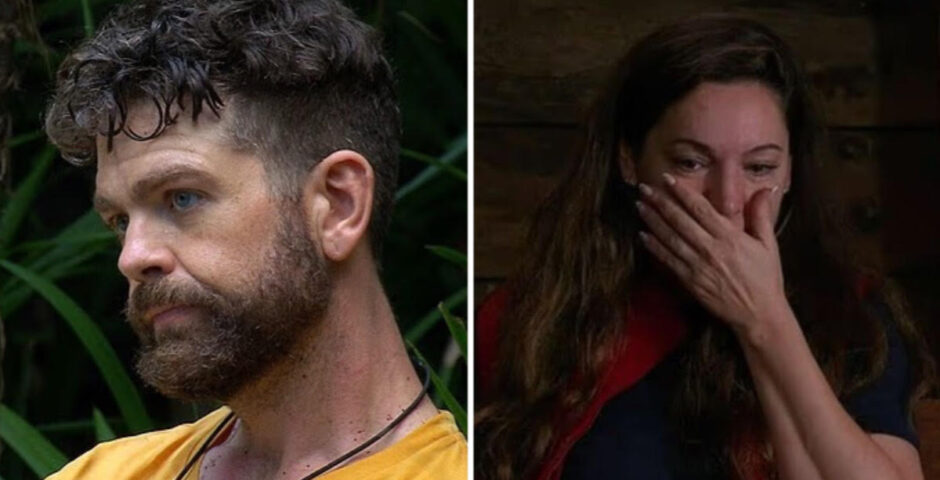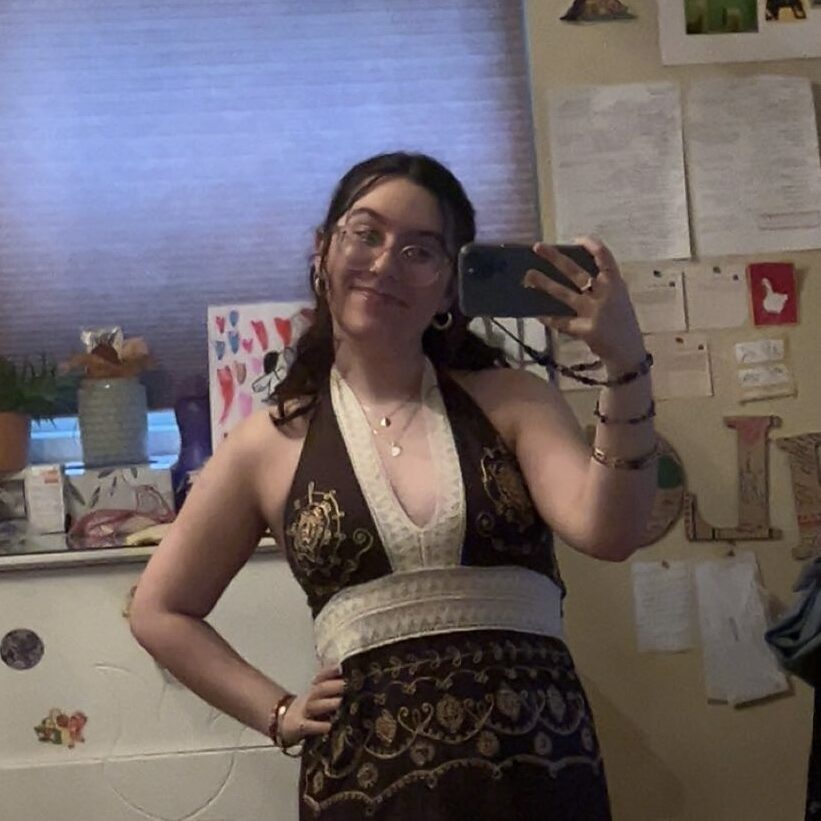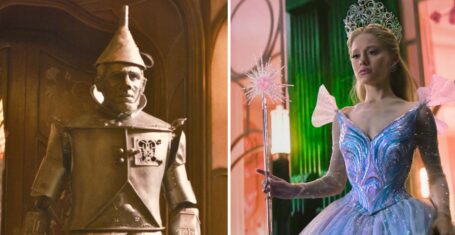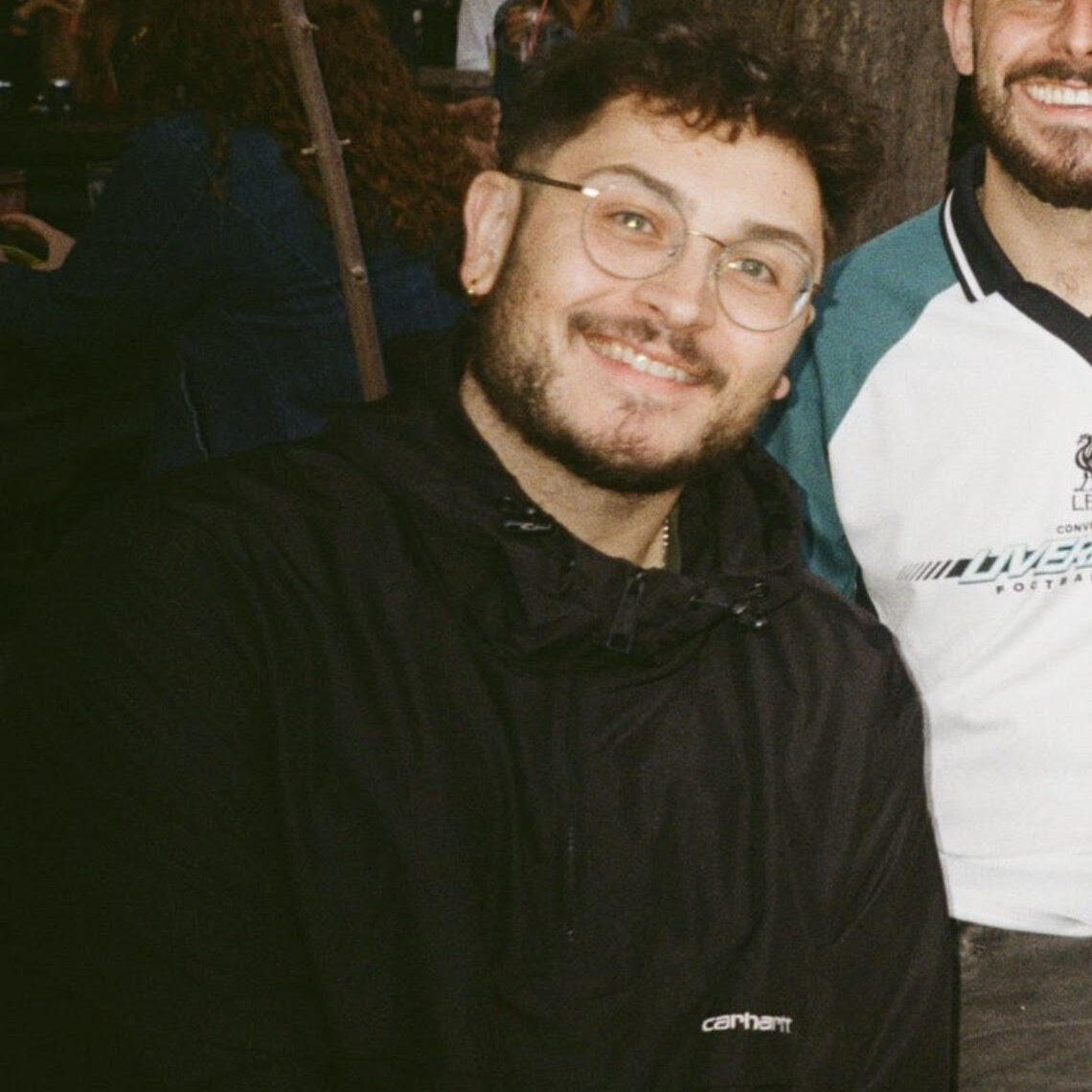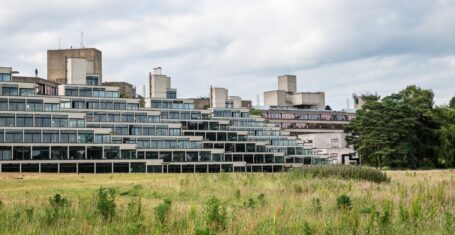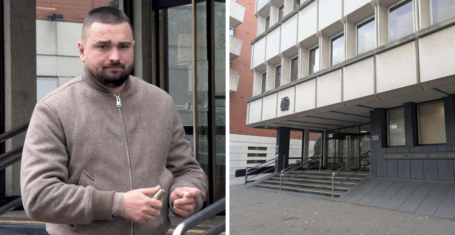
Squid Game’s production designer has revealed the hidden meanings behind the iconic Netflix set
Not only is it cute as hell, but the set is dripping in hints
Much like Shrek, Netflix’s Squid Game is a multi-layered onion hiding easter eggs and set details that spark wild fan theories about everything from the costume design to hidden agendas.
Already, just two weeks after Squid Game season two dropped, we’ve seen theories about wholesome Player 149 being the true mastermind, Min-su being a secret VIP, and Seong Gi-hun becoming the new Front Man. It’s a lot, but boy do they keep on coming.
Now, Squid Game production designer Chae Kyoung-sun has poured gasoline on the fires of speculation by revealing how specific details illustrate the mood of the iconic characters.
1. The colours of the dormitory

In season two we were given a fresh take on the soldiers, workers, and managers of the 35-year-old Squid Game. Though we already know that the shapes of their uniforms tease their role in the game, it turns out even the colours are hand-picked for specific reasons.
“The reason for using orange was to emphasise its more negative connotations and its symbolic meaning. I felt that deep orange is even more driven by desire and ambition than red, symbolising a strong urge to claim and conquer,” Chae Kyoung-sun told IndieWire.
“There is also a final staircase leading up to the Control Room. This space serves as the path to the Masked Managers’ dormitory and also as the setting for the players’ rebellion against the Front Man. For this space, purple was used. Purple carries many symbolic meanings, but I chose it as the colour of ultimate power and placed it at the path leading to the peak of the maze staircase.”
Most Read
In the brightly coloured staircase structure, which served as the central location for the player’s revolt in the final episodes, Chae Kyoung-sun designed the layout to resemble real-life Korean apartments
“I wanted to incorporate the endlessly repetitive structure of Korean apartments. By using the corridor-style layout of Korean apartments as the basis for the bridge pathways, I wanted to add more variety to the action scenes between Pink Guards and rebels and showcase the ultimate design of the maze staircase,” she explained.
2. Gi-hun’s apartment teased his return

Following the first season’s drama, we are reintroduced to Gi-hun in a scrappy motel where he sets out his plans for taking down Squid Game. It’s also where Gong Yoo’s character The Recruiter met his end.
“While I was reading the script, I thought the name Pink Motel had significance,” the production designer explained. “It felt as if the Pink Guards and their colour pink kept overwhelming Gi-hun. That is why I chose pink for the sofa that Recruiter sits on and painted the Pink Motel doors in pink. I wanted them to signal Gi-hun’s fate and imply the beginning of the Squid Game.”
Ultimately, they “aimed to reflect Gi-hun’s psychological state, where he can never truly feel at ease.”
3. The six-legged pentathlon
The six-legged pentathlon was designed to resemble a typical sports day where the focus isn’t on attacking one another but working as a team to create “harmony and unity.”
She continued: “The set was designed to resemble an elementary school, with backgrounds composed of crayon clouds like children’s drawings. Bulletin boards, schedules, and doodles that you might find in a classroom were recreated.”
The set was also designed to resemble the room from the Dalgona game in season one, naturally creating confusion for Gi-hun who thought he was stepping into the same challenge.
Squid Game is available on Netflix now. For all the latest Netflix news, drops, quizzes and memes like The Holy Church of Netflix on Facebook.
Featured image credit: Netflix


